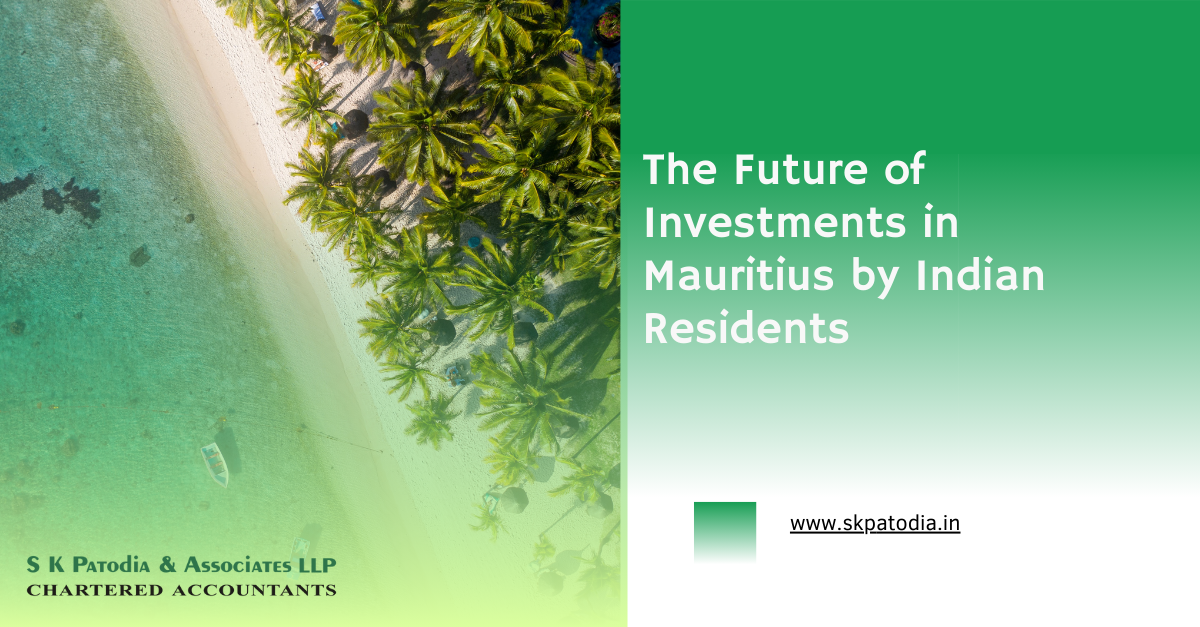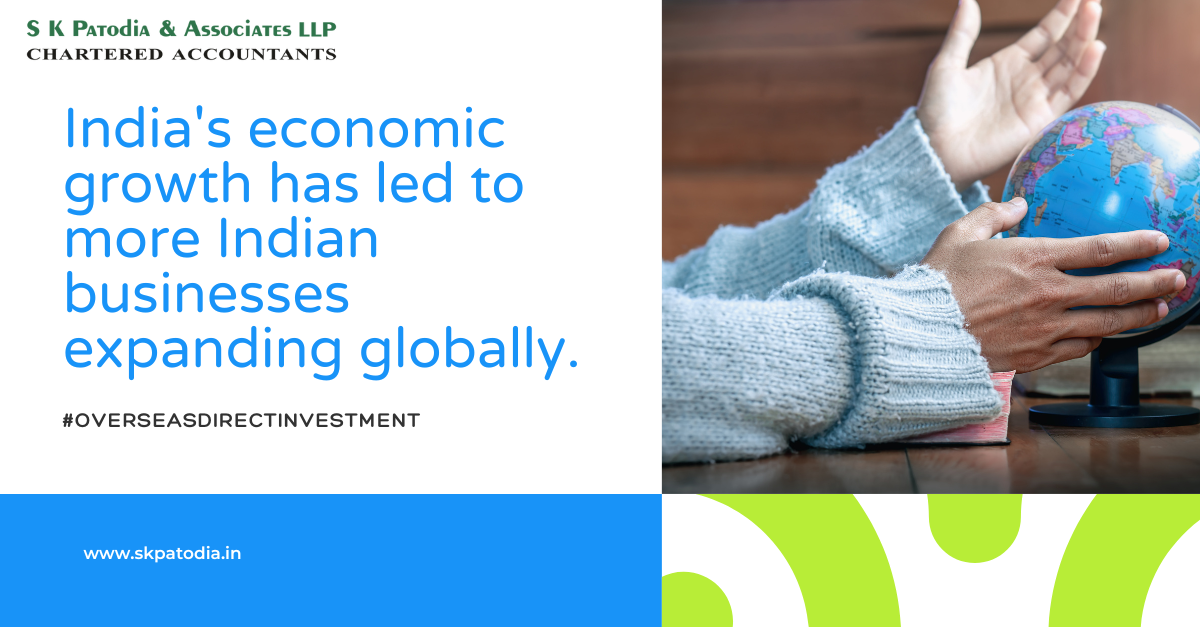Investor Thinking
History bears witness to the fact that investors have rushed into unexplored regions i.e. regions with a comparatively lower level of development as compared to rushing into regions with a high level of development. The reason for this is because the lower level of development indicates that investors can bring in tried and tested technological advancements from advanced areas in these regions and profit from its introduction with a minimal level of risk as these are tried and tested developments and not innovation.
Another prominent reason for this “investor rush” is the unsaturated market. The people of such unexplored regions have a potential requirement of all commodities with the possibility of the investors gaining a monopoly in these markets.
When America was discovered, a race started among the European Nations to migrate and invest in America. A similar thing happened in Africa.
Ok, so we understand that unexplored areas or areas with a low level of development are areas that can provide unexpected high returns, but what’s that got to do with Vietnam. Well, Vietnam is one such country which holds myriad of investment opportunities and possibilities.
Vietnam stands as a hidden jewel in the Asia Pacific. Vietnam can be termed as a region of unexplored possibilities with infinite growth potential. Vietnam after the Vietnam War which ended in 1975 ushered into an era of peaceful and rapid development. Let’s explore the various factors which contribute to the infinite growth potential in Vietnam.
Start your Business in Vietnam with us. Apply Now
Strategic Location
Vietnam is the easternmost country on the Indochina Peninsula. It is situated in the Southeast Asian Region acting as a hub and connecting the Pacific Ocean and the Indian Ocean. It occupies an area of approximately 331,212 square kilometres. One of the significant geographic features includes its long coastline with a length of 3444 kilometres which is being utilized with its world-class deepwater ports. It is also connected with major economic and commercial centres through the air including Singapore, Bangkok, Delhi, Tokyo, Taiwan, Seoul, Hong Kong etc.
Vietnam War
Vietnam War ended in 1975. It means that Vietnam’s peaceful development period is no more than 43 years old which is far less when compared to its Global Counterparts. Due to the short period of peaceful development, the industrial development is currently lacking compared to its global counterparts providing many opportunities for investors to invest. It should also be noted that Vietnam is one of the countries catching rapidly to World Development and is expected to become a regional leader.
Market
Vietnam had a population of about 94.6 Million as per 2016 records. It is ranked 15th in the most populous country ranking. This population size evidences that Vietnam is not only an excellent jurisdiction to act as a trade hub but also a great market in itself. The GDP per person per year has almost quadrupled from 683.60 USD per person per year in 2005 to 2343.12 USD per person per year in 2017. This indicates the rising purchasing power of Vietnam and offers a lucrative offer to world investors.
Opening Economic Frontiers
After becoming a member of the World Trade Organization (WTO), Vietnam has entered multiple Free Trade Agreements. Vietnam is also a part of the Trans-Pacific Partnership agreement (TPP).
Doi Moi
In 1986, the Vietnamese government implemented a comprehensive reform program known as Doi Moi which reduced if not eliminate the drawbacks of a Socialist style of Economy over investors. Many amended laws like Law on Investment, Law on Land, Law on Enterprises etc. also contributed to boosting the economy.
Increasing Industrial Zones, Hi-Tech Parks and Economic Zones
Vietnam now has 7 Hi-Tech Parks, along with more than 300 industrial zones. Vietnam is rapidly introducing new Industrial Zones, Hi-Tech Parks and economic zones which demonstrates Vietnam’s thirst for rapid development.
Potential as the next China
China is known for its large scale manufacturing capacity. However many economists have identified that manufacturing plants are shifting from China to Vietnam. China’s wage rate has been on the rise in the recent years where its neighbour Vietnam provides a comparatively economical Labor. Further, 93.52% of Vietnam’s population is literate and the majority of the population is less than 35 years. It means that a vibrant, young and skilled labour force is the key attractive factor for Vietnam along with its economic costs. Many experts believe that Vietnam will soon be the leader for labour-intensive manufacturing projects in the Asia-Pacific.
US-China Trade War
The USA, under the leadership of President Donald Trump, has advocated an “America First” approach where new taxes or tariff are imposed on imported goods in order to make American Goods comparatively cheaper and to provide a boost to local American Industries. European Union (EU), China, Mexico and many other nations have been a target under this approach where China has been one of the most highly affected Country.
Due to the new tariffs and taxes, the Chinese Manufactures have found that their complete profit margin has been swallowed up by this Trade War and they have shifted or are planning to shift their manufacturing plans to other countries in order to save on tariff. One of the preferred countries for shifting their manufacturing plants in Vietnam.
Therefore we can say that Vietnam has been a prominent beneficiary in this Trade War along with countries like India, South Korea, Taiwan etc.
Shifting to Vietnam from China
Tech Giants
Samsung and Olympus have closed their factories in Shenzhen and Guangdong Province in China respectively and moved to Vietnam in 2018. In 2015, Microsoft moved its Nokia manufacturing from Beijing to Vietnam.
Shoe Manufactures
Companies like Adidas and Nike have been cutting their Chinese Production over the years and shifting to Vietnam. In 2010, Vietnam surpassed China as the leading producer of Nike Shoes.
Many other Chines Production Plants have silently shifted or are planning to shift factories to Vietnam. The recent hot topic among Global Analysts and Economists is whether Vietnam can replace China to become the next “World’s Factory”.
Ease of Doing Business
The Ease of Doing Business Ranking is one of the most reputable World Ranking which is issued by the World Bank each year. Vietnam has improved 30 places from 99th in 2013 to 69th in 2019 in this ranking. This reflects the fast-paced growth of Vietnam. Just for a comparative view, India ranks 77 in 2019.
Other Credentials
According to “The World in 2050” by HSBC, which was published in 2012 Vietnam ranked 7th amongst 10 best long-term investment destinations. Continuous rise in Global Competitiveness Report by the World Economic Forum also adds on to the credibility of Vietnam as a rising Investment Destination.
Author
Vikhyat Jalan
International Business
Register your Business in Vietnam with us. Apply Now




